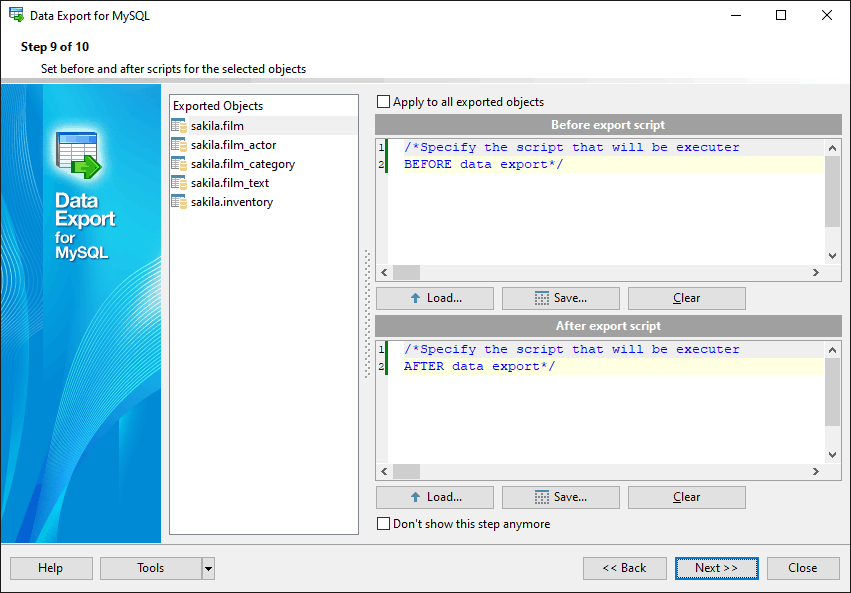
- #Mysql could not start ssh tunnel manager install#
- #Mysql could not start ssh tunnel manager password#
You’ll be prompted for your database password, so be sure to have that handy. mysqlsh -host=127.0.0.1 -port=3307 -u database_username -p -sqlįor our kinstalife site, we would use the command below. Use the command below for MySQL Shell to connect to your database.
#Mysql could not start ssh tunnel manager install#
If you haven’t already, you’ll need to install MySQL Shell locally. If you do not see an “incorrect password” message, that means you’re good to go! SSH tunnel in macOS.Īt this point, your Mac is set up to connect to your remote database via 127.0.0.1:3307.
#Mysql could not start ssh tunnel manager password#
Input your SFTP/SSH password when prompted, and press “Enter”. ssh -fN _host -p ssh_port -L 3307:127.0.0.1:3306įor the kinstalife site in the screenshot above, the command below can be used to start the SSH session. While it’s possible to specify 3306 ( the default port for MySQL) for both ports, we recommend using another port number like 3307 in case there is already a local instance of MySQL running.

This command binds your local port 3307 to port 3306 on the remote server containing your database and performs the necessary port forwarding. Be sure to replace “ssh_username”, “ssh_host”, and “ssh_port” with your site’s settings. In macOS, launch Terminal and run the command below. To connect to your database via SSH tunnel, you’ll need a few key pieces of information from your site’s Info tab in MyKinsta. This allows you to use local database administration tools like MySQL Shell to make changes to a MySQL database in a secure fashion. If you prefer to work exclusively in the command line, you can connect to your Kinsta database directly via an SSH tunnel. This information can be found in MyKinsta under Sites > sitename > Info. In the connection methods shown below, you’ll need to gather SSH and database information for your site from MyKinsta. To access the login page click the Open phpMyAdmin link. Scroll down to the Database access section, and you’ll find your database username and password, which you’ll need to log in to phpMyAdmin. You can connect to your WordPress database using phpMyAdmin, which is accessible from within MyKinsta.


 0 kommentar(er)
0 kommentar(er)
